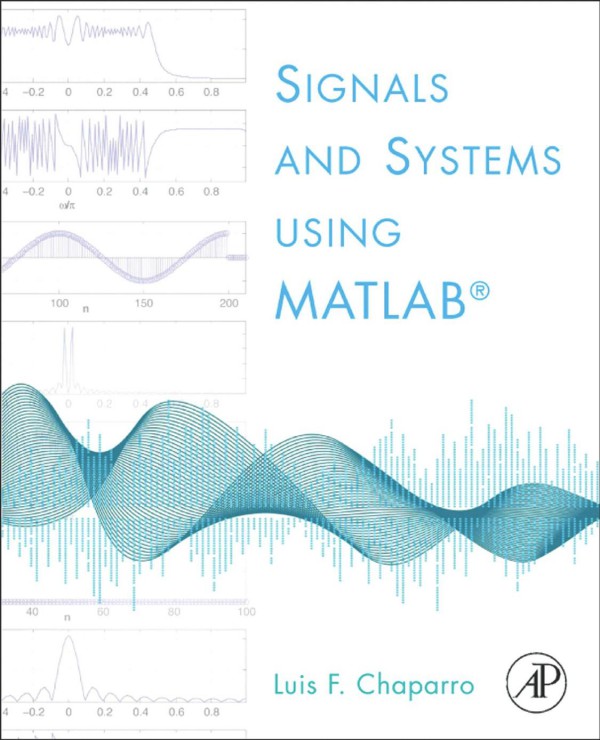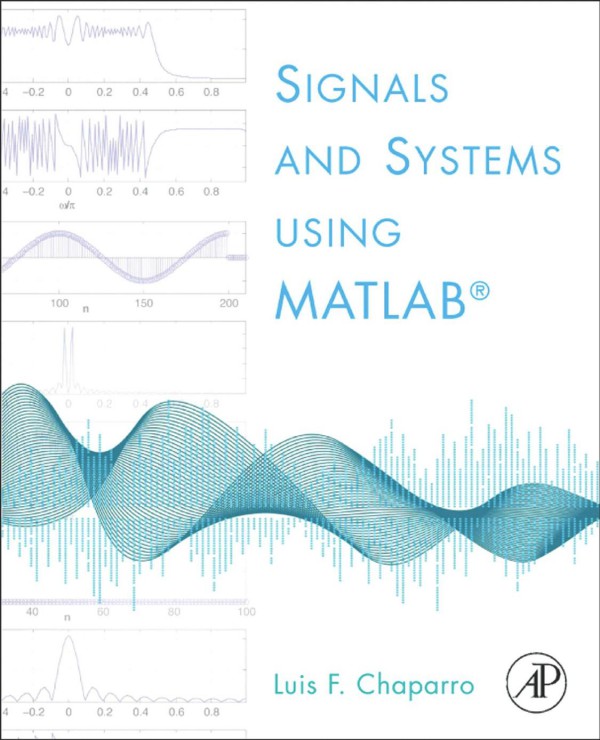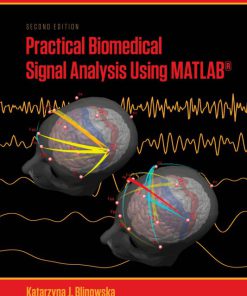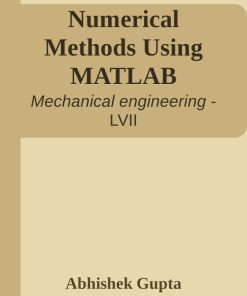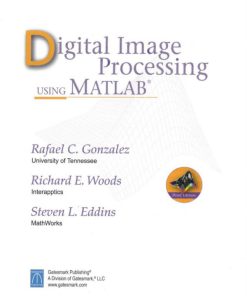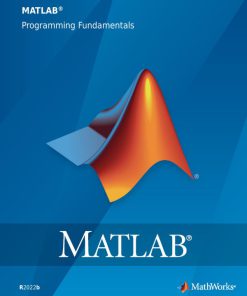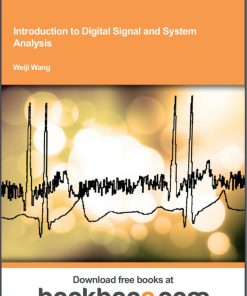Signal and System Analysis Using MATLAB 1st Edition by Luis Chaparro 0123747163 9780123747167
Original price was: $50.00.$25.00Current price is: $25.00.
Authors:Adnan Mohsin Abdulazeez; Kevin Smith; Alaaldin Hasso , Series:Electrical Engineering [72] , Tags:Electricity & Electronics , Author sort:Abdulazeez, Adnan Mohsin & Smith, Kevin & Hasso, Alaaldin , Ids:Google; 9781070638973 , Languages:Languages:eng , Published:Published:May 2019 , Publisher:Amazon Digital Services LLC – KDP Print US , Comments:Comments:Signal and System Analysis using MATLAB(R) is a textbook for Electronic Engineering Students and Design Engineers that introduces the main Digital Signal Processing (DSP) techniques required to perform Signal and System Analysis MATLAB(R). The primary aim of this book is to provide the analytical knowledge and practical techniques required for signal and system analysis by extensive use of the MATLAB(R) program, which is necessary for studying Digital Signal Processing to degree level and higher. The concept behind the book is to combine both the theory of Digital Signal Processing and the practical implementation of the theory using MATLAB(R). The goal is that students will gain an understanding of both the underlying theoretical concepts and how to apply them to real world problems using MATLAB(R). The chapters have been designed to enable students to develop their skills further by applying MATLAB(R) to all (50) problems, (161) examples, (290) equations and (449) figures. Worked examples of problems are shown in the book, followed by problems for students for practice. According to Fourier theory, a periodic signal can be represented by a Fourier series that contains the sum of a series of sine or cosine functions (harmonics) plus a Direct-Current (DC) term. The Continuous-Time Fourier Transform (CT-FT) can be used for non-periodic signal and is the way to express in the frequency domain a signal that is given in the time domain. The Laplace Transform is used to analyse the LTIC (Linear Time Inversion Continuous) systems and simplifies algebraic operations. The theories discussed in detail include; Continuous Time Convolution, Sampling, Quantizing, Reconstruction, Fourier analysis of Discrete-Time Signal, Discrete-Time convolution, circle convolution and the Fast Fourier Transform (FFT). The Z-Transform is an operation that transfers a discrete-time signal from the time domain (t) into the complex frequency domain (Z), and is a valuable tool in the digital signal processing field. Finally we discuss the Road to Wavelet Theory and its principles. Wavelet transform is a reversible transform, that is, it allows to go backwards and forwards between the time-domain and frequency-domain.

